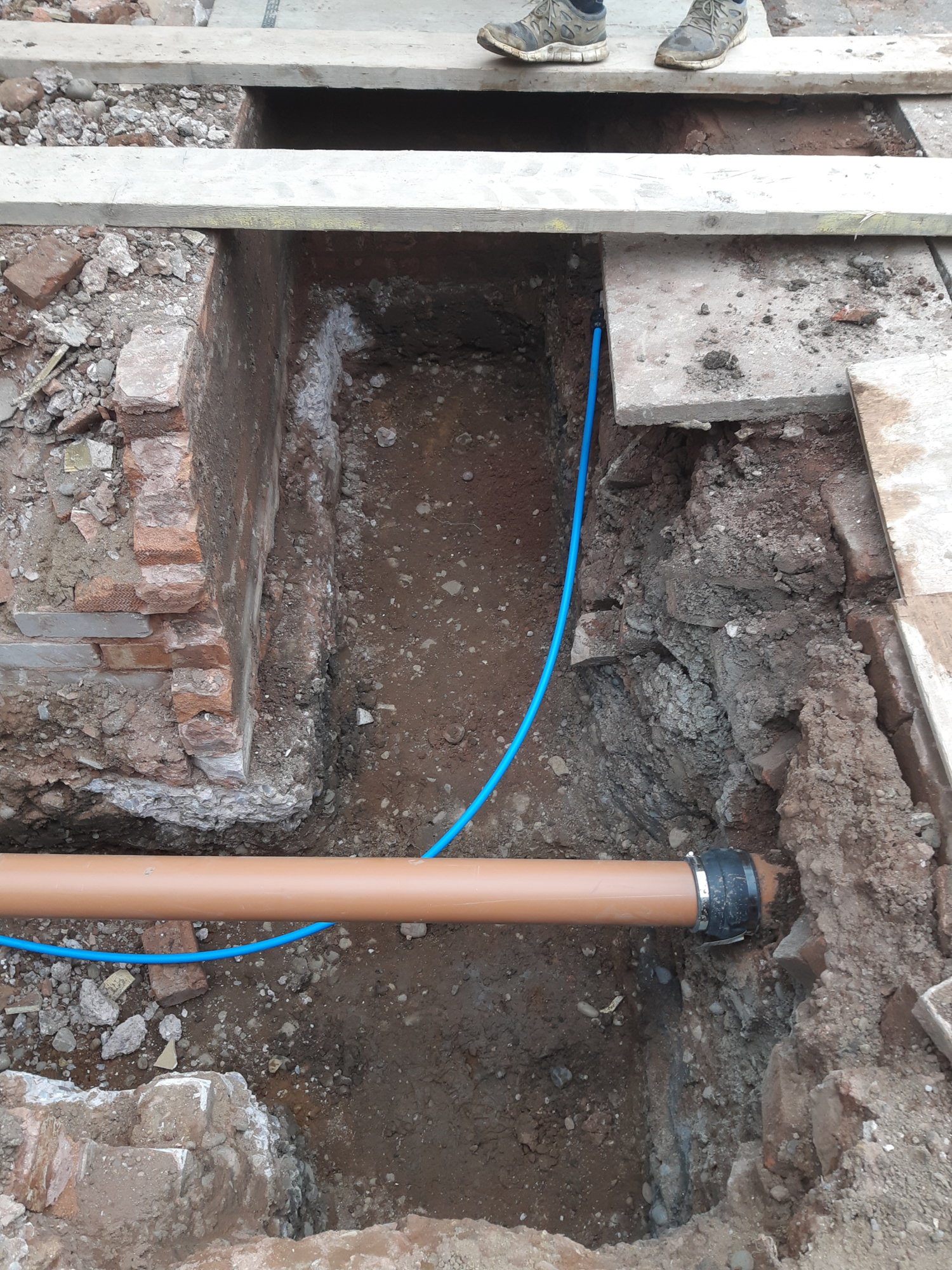Hi
I'm running a drain through the footing walls and i'm stuck on the section of the building regs that states "openings masked with rigid material and around the pipe should be compressible".
Rigid Board
I've heard people mention cement board but will this not perish after a few years sat in damp ground? Would a piece of rigid insulation work, how long would that last in the ground? Plastic is about the most durable material i can think of, but this could be a pain to cut/work with.
Compressible Material
I've read that 10mm pea gravel can be considered a compressible material, is that correct ? People have mentioned insulation, will this be durable enough in the ground?
? People have mentioned insulation, will this be durable enough in the ground?
Surely this is a common occurrence so what do most builders use? When you see pictures of drains running through walls (my internet search history is looking rather odd ), they typically show just the drain running though the wall; so either builders don't take pictures after fitting the rigid board or they don't do it!
), they typically show just the drain running though the wall; so either builders don't take pictures after fitting the rigid board or they don't do it!
Cheers, Chris
I'm running a drain through the footing walls and i'm stuck on the section of the building regs that states "openings masked with rigid material and around the pipe should be compressible".
Rigid Board
I've heard people mention cement board but will this not perish after a few years sat in damp ground? Would a piece of rigid insulation work, how long would that last in the ground? Plastic is about the most durable material i can think of, but this could be a pain to cut/work with.
Compressible Material
I've read that 10mm pea gravel can be considered a compressible material, is that correct
Surely this is a common occurrence so what do most builders use? When you see pictures of drains running through walls (my internet search history is looking rather odd
Cheers, Chris




